- Category
- War in Ukraine
People Donate, Robots Fight. How Ukraine Uses Tech to Battle Russian Forces
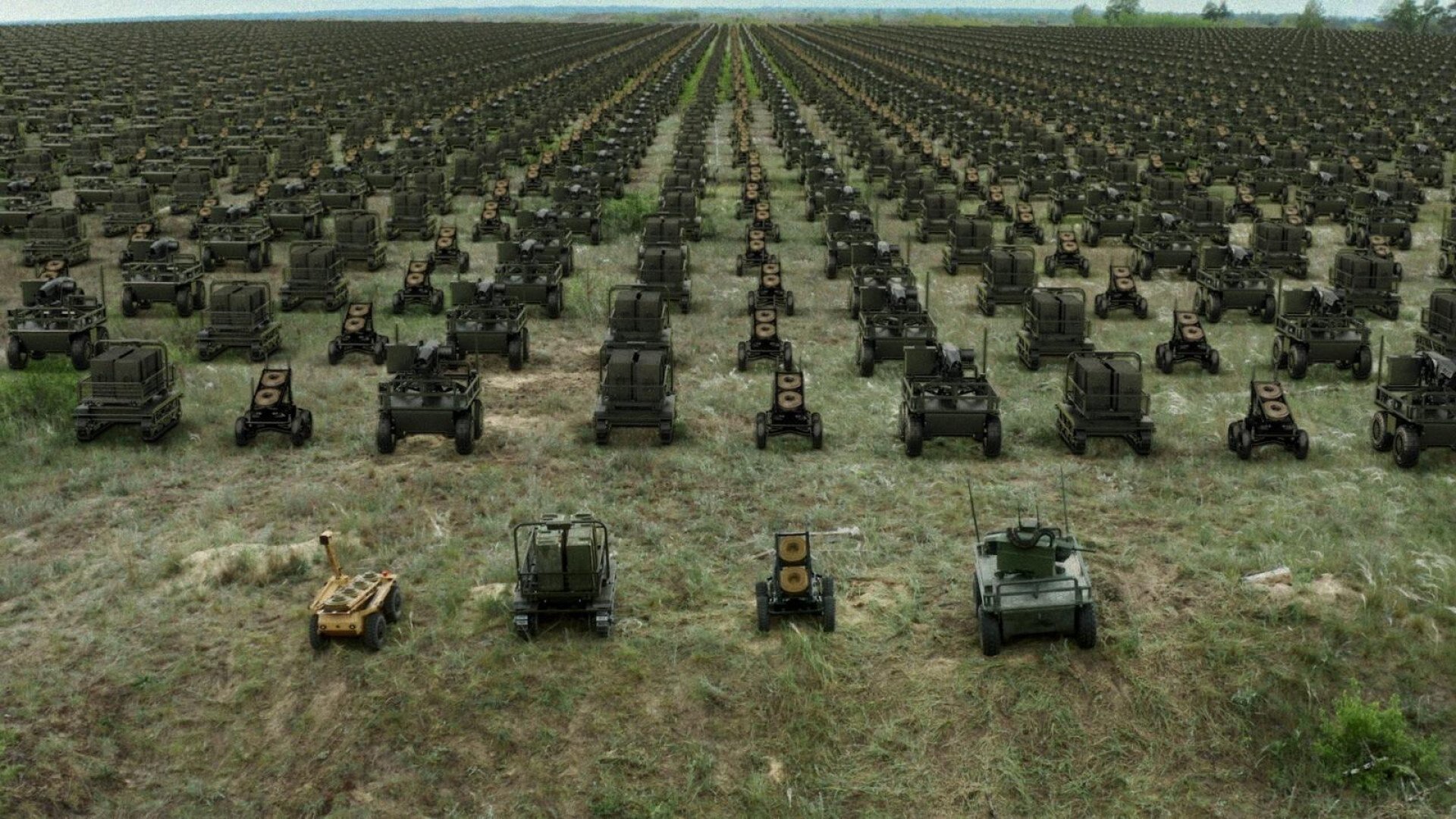
Autonomous fighting robots are here but don’t expect them to roll in with an '80s rock soundtrack or big explosions like a scene from a Battlefield 2042 trailer. Instead, they come with something even better: a fundraiser!
Ukrainians are actively minimizing losses and casualties in their fight against Russian aggression by developing an army where the most dangerous roles are increasingly taken over by machines. People from all walks of life have united to invest in and create cutting-edge technology designed to assist Ukrainian soldiers.
Historically, Ukraine has an impressive track record in the tech world, ranking 8th in global technological competency in 2022. The Ukrainian Defense Ministry is leveraging this by partnering with civilian engineering firms to drive competition and innovation in a revitalized defense sector.
To sustain the growing defense tech industry, UNITED24 has launched a long-term project called “PEOPLE DONATE – ROBOTS FIGHT,” aimed at funding various ground robotic systems that have graduated from the BRAVE1 Defense technology program.
As Ukraine confronts the daily reality of an enemy like Russia, which enjoys a clear numerical advantage, Kyiv is turning to technological innovations to level the playing field. It’s unrealistic for Ukraine to match the World War II production levels that the Russians are striving for; instead, the focus is on achieving superiority through quality.
While this technology envisions a future where human beings can be entirely replaced on the battlefield, Russian doctrine appears to be quite the opposite. Characterized by sheer quantity, Russian assaults rely on the “cannon fodder” tactic, sending large numbers of soldiers into dangerous or deadly missions. The current rate of losses for Russian soldiers reflects the high cost of this approach.
This moment presents a significant opportunity for Ukraine to leverage technology as a force multiplier, enhancing its military capabilities in ways that traditional approaches cannot. By adopting advanced systems and innovations, Ukraine can turn the tide against Russia’s overwhelming scale, and create more favorable conditions on the battlefield.
Below is a list of robots that are featured in the UNITED24 Fundraiser
1. Shablya M2
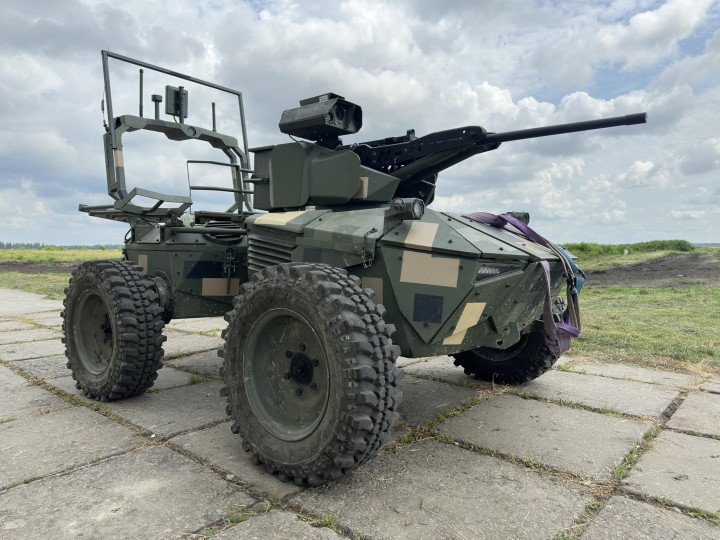
The Ironclad robotic platform, equipped with the Shablya M2 combat turret, is currently being tested on the front lines as part of the Brave1 initiative. This innovative technology is designed to assist Ukraine's defense forces in executing a variety of combat missions, including storming enemy positions, conducting reconnaissance, and providing fire support to troops. Developed by Ukrainian engineers, the Ironclad represents a revolutionary shift in warfare, aimed at preserving the most valuable asset— the lives of our soldiers.
The Ironclad can reach speeds of up to 20 kilometers per hour and features advanced capabilities, including a thermal imaging camera that enhances its operational effectiveness in low-visibility conditions. The integration of the Shablya M2 combat turret significantly boosts the Ironclad's firepower, enabling it to engage enemy targets effectively. Additionally, the platform is armored to protect against small arms fire, ensuring it can withstand the rigors of the battlefield.
Importantly, the Ironclad can be operated remotely from a safe distance, minimizing risk to personnel while maximizing operational efficiency. As Ukraine continues to push the boundaries of defense technologies, the Ironclad, in conjunction with the Shablya M2, stands as a testament to the country's commitment to leveraging advanced systems to enhance military capabilities.
2. Lyut
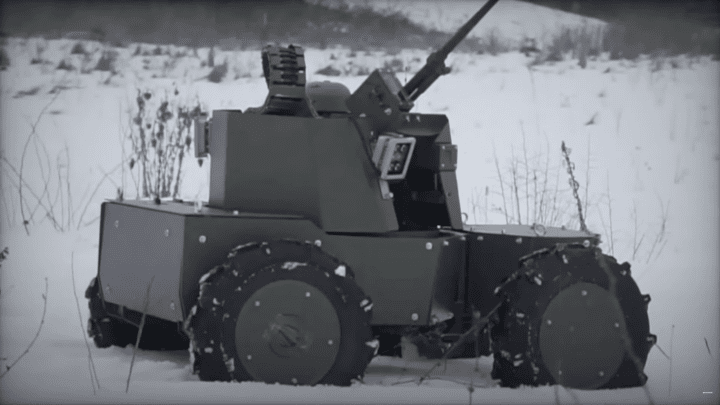
Ukraine has launched a new unmanned ground vehicle (UGV) known as the Lyut (Fury), specifically designed to carry out high-intensity missions on the battlefield. This robotic mini-tank is equipped with a PKT 7.62-millimeter machine gun, enabling it to function as a mobile turret that supports combat operations effectively.
The Lyut is capable of performing diversionary maneuvers and accurately identifying enemy positions, providing a strategic advantage in combat scenarios. Initially crafted in 2022 as an experimental platform, it was refined following requests from the Ukrainian military for a battlefield-ready robot to counter Russian forces. Reports indicate that the Lyut underwent over 30 trials to ensure its firing precision and navigational effectiveness across various terrains, demonstrating its reliability in real-world conditions.
One of the standout features of the Lyut is its low operational cost. The UGV incorporates communication components commonly found in commercial drones, significantly reducing expenses while maintaining a direct line-of-sight communication range of up to 2 kilometers (1.2 miles). Trial results revealed that the mini-tank can effectively maintain communication at approximately 700 meters (2,296 feet) even in environments with natural and man-made obstructions.
The machine gun fitted onto the unmanned platform is enhanced with targeting cameras, allowing it to engage enemies from distances of up to 800 meters (2,624 feet). Furthermore, the design of the Lyut enables soldiers with prior drone piloting experience to quickly become proficient in operating it, ensuring that the UGV can be integrated seamlessly into existing military operations.
3. MOROZ
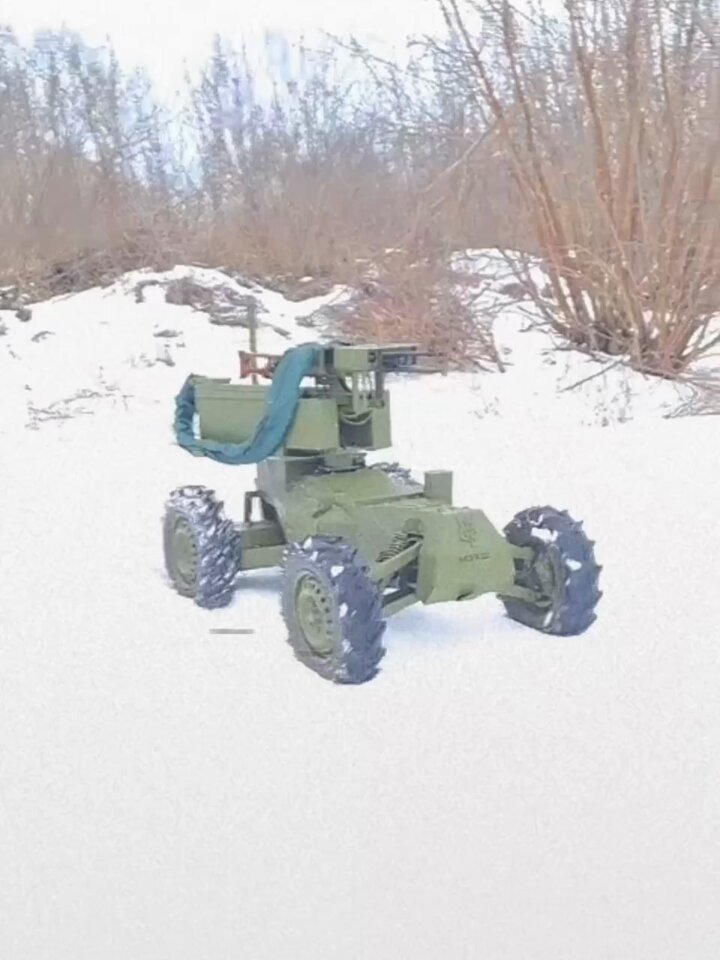
The MOROZ is an advanced reconnaissance and strike complex developed as part of the Brave1 initiative, reflecting a commitment to preserving the lives of soldiers on the battlefield. Designed for remote operation, this UGV allows its operator to remain safely in a bunker or building, operating from distances of up to 1.4 kilometers away.
MOROZ is capable of engaging in combat as part of assault groups and can be stationed at combat positions for extended periods. The platform can be equipped with a 7.62-mm machine gun, enhancing its firepower against both unarmored and lightly armored vehicles. It is designed for effective operation day and night, featuring a camera with 30x zoom and an integrated thermal scope and rangefinder, enabling precise targeting under various conditions.
The MOROZ boasts impressive endurance, capable of operating continuously for up to 48 hours, making it a valuable asset for prolonged missions. It has already undergone codification and has secured initial contracts with government clients, marking its entry into active service.
4. D-11

The D-11, also known as the D-21-11 UGV, is an innovative unmanned ground vehicle designed to assist assault units in various capacities, supporting reconnaissance, offensive, and defensive operations. Developed by Ukrainian producers, the D-11 is ready for action on the front lines, where it is being actively trained with Ukrainian forces.
This versatile machine can be rapidly reconfigured from a transport system to a weapon system in just a few minutes, allowing it to adapt to the immediate needs of combat scenarios. One of its most crucial features is the ability to operate remotely, significantly minimizing the risk to military personnel. The D-11 can be equipped with a machine gun that is loaded onto the system quickly, featuring an automatic turret operated remotely by the gunner.
In addition to its combat capabilities, the D-11 plays a vital role in evacuations, capable of retrieving wounded or deceased soldiers directly from the front lines. This function eliminates the need for multiple personnel to risk exposure to enemy fire during rescue operations, preserving manpower and enhancing safety. The D-11 can also serve as a "frontline taxi," allowing for the efficient transport of injured soldiers.
Logistics is another key function of the D-11. It can deliver ammunition, water, food, and other supplies directly to those in need, reducing the danger associated with these typically hazardous tasks. Its reconnaissance capabilities allow it to gather vital intelligence, especially in areas where enemy positions are obscured by terrain or foliage, providing the military with crucial ground-level insights.
The D-11 is capable of traversing approximately 15 to 20 kilometers over extremely rough terrain, demonstrating remarkable endurance even in difficult conditions. Feedback from military personnel has been overwhelmingly positive, and the D-11 has already undergone successful testing.
Developers are working on integrating NATO-standard weaponry into the system, enhancing its resilience against enemy anti-aircraft missiles, and scaling its production. As Ukraine continues to face a protracted war, the D-11 and other UGVs are set to provide much-needed support to the Armed Forces, easing the burden on soldiers who are now well into their third year of full-scale warfare.
5. RATEL S
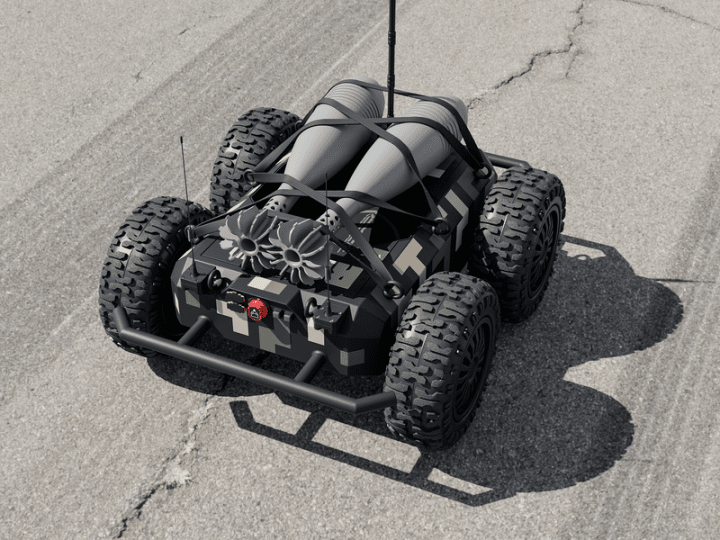
The RATEL S is a ground-based robotic strike complex designed for targeting both armored and unarmored vehicles, enemy personnel, and various stationary or moving ground objects. This kamikaze drone boasts the capability to conduct remote demolition of targets on the ground, making it a formidable tool in combat scenarios.
Equipped with high-quality photo and video recording systems, the RATEL S can document events in real time, providing valuable intelligence and situational awareness for military commanders. Its surveillance functions allow for the monitoring of ground-based objects, enhancing the overall tactical picture.
Additionally, the RATEL S has a transport capacity of up to 35 kg, enabling it to carry significant payloads for strike missions. With these advanced functionalities, the RATEL S serves as a crucial asset in Ukraine's military operations, enhancing the ability to engage enemy forces while minimizing risk to personnel.
6. ARK-1
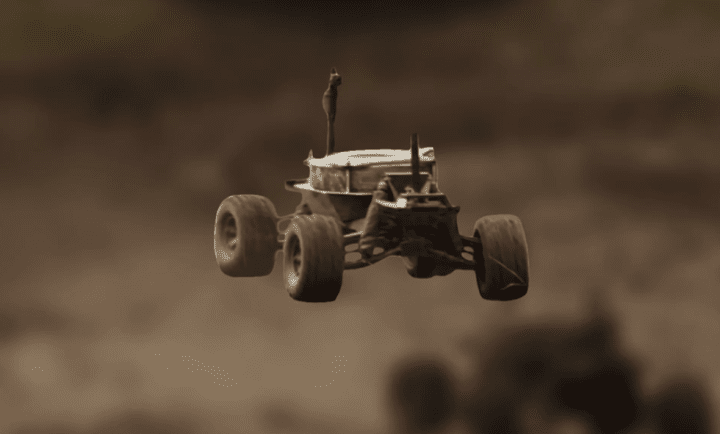
The ARK-1 kamikaze robot, developed by participants of the Brave1 program, is already actively used by military forces on the battlefield for various missions. This versatile drone transports light ammunition, medical supplies, and provisions to frontline positions. Additionally, it can execute kamikaze-style attacks against enemy equipment and fortifications.
The ARK-1 features a top speed of 45 km/h and is equipped with full-wheel drive, enabling it to navigate obstacles with incline angles of up to 45 degrees. Its advanced suspension system and night vision camera, which remains undetectable in the infrared spectrum, enhance its operational effectiveness. Importantly, the operator can control the ARK-1 from a safe distance of up to 20 kilometers, minimizing the risk to personnel while maximizing combat capabilities.
This integration of technology reflects Ukraine's commitment to leveraging advanced systems in its military strategy, aiming to reduce human casualties while maintaining effective operational efficiency.
7. PD15 FOXY
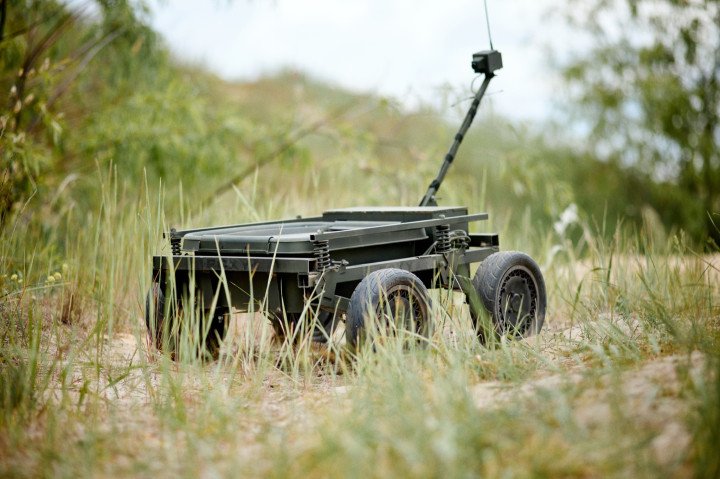
The PD15 FOXY is a wheeled, versatile robotic platform designed for a variety of operational tasks in the field. This innovative system can be utilized for fire damage, capable of carrying up to 20 kg of explosives. With several detonation modes available, the operator can select the most effective option for each specific mission.
In addition to its explosive capabilities, the PD15 FOXY can function as an ambush unit or serve as a relay for communication systems. When stationary, it consumes minimal energy, making it an efficient choice for maintaining communication lines in tactical situations. The platform can also transport small loads, such as water, provisions, and batteries, enhancing logistical support for troops in the field.
A standout feature of the PD15 FOXY is its high passability and stability of movement, which is achieved through its advanced wheel cushioning system and low center of gravity. This design enables the platform to navigate challenging terrains with ease, making it a valuable asset for the Ukrainian military as they adapt to the evolving demands of modern warfare.
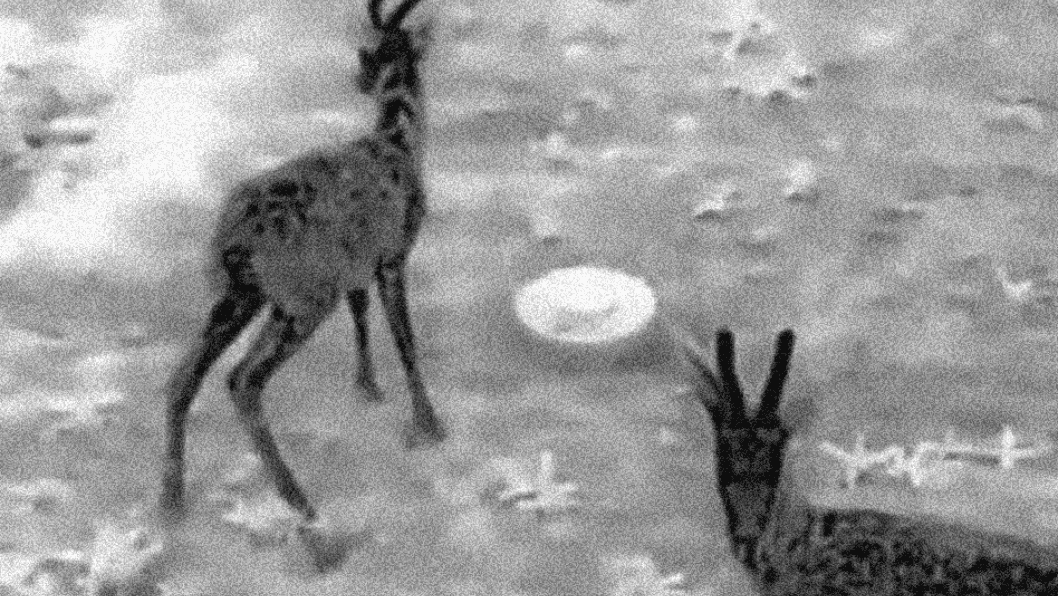

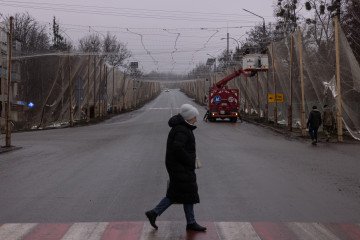
-f88628fa403b11af0b72ec7b062ce954.jpeg)
-b63fc610dd4af1b737643522d6baf184.jpg)

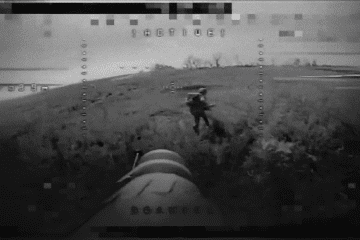
-29a1a43aba23f9bb779a1ac8b98d2121.jpeg)
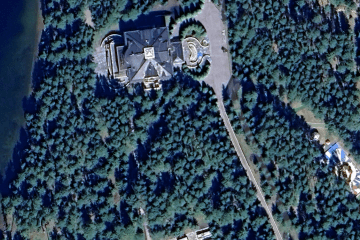
-24deccd511006ba79cfc4d798c6c2ef5.jpeg)